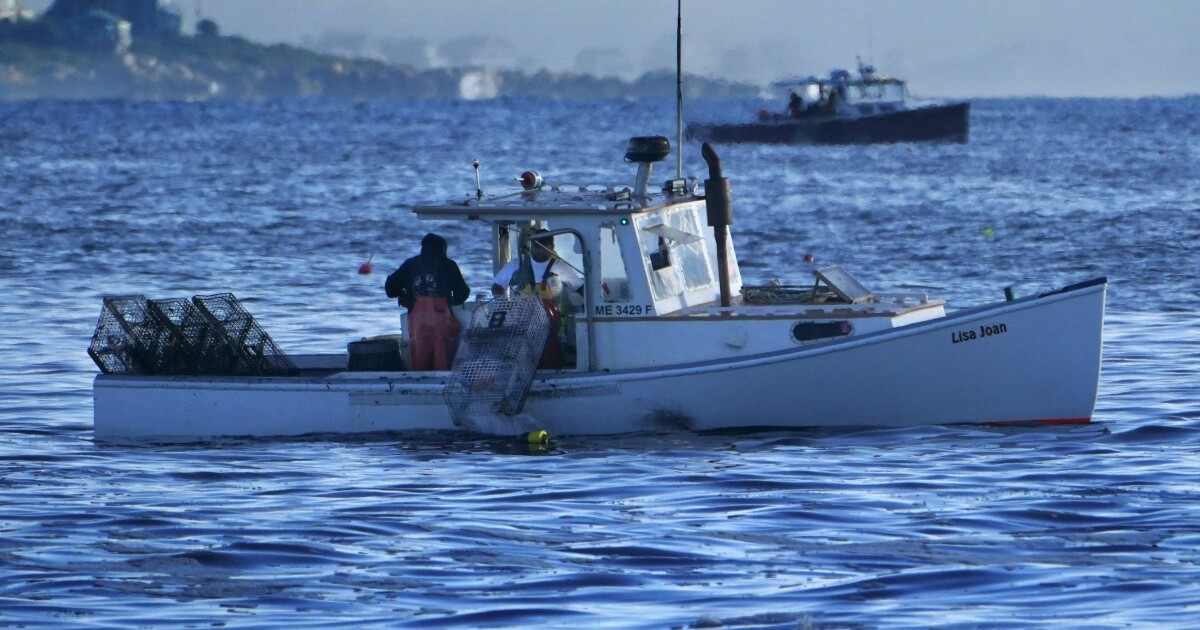Trinidad and Tobago Expands Offshore Oil and Gas Bidding
Trinidad and Tobago has steadily been developing its fossil fuel potential in line with regional growth. Neighbouring Guyana has attracted attention from numerous international oil majors eyeing Caribbean oil and gas, which has, in turn, garnered greater attention in Trinidad and Tobago’s energy sector. While some operations are under threat due to the introduction of sanctions on neighbouring Venezuela, the government hopes to expand several of the country’s oil and gas fields in the coming years.
Trinidad and Tobago has long been the largest oil and natural gas producer in the Caribbean and is the 17th-biggest natural gas producer worldwide. It has been producing fossil fuels for over a century and continues to rely heavily on natural gas to power its electricity sector. It is also home to one of the biggest natural gas processing facilities in the Western Hemisphere – the Phoenix Park Gas Processors Limited (PPGPL). The plant has a processing capacity of nearly 2 billion cubic feet per day (bcf/d) and an output of 70,000 bpd.
Trinidad and Tobago’s upstream oil and gas market is expected to grow at a CAGR of 4.4 percent between 2020 and 2030, with offshore projects dominating this growth. The country has 31 natural gas-producing fields, with 25 located offshore and the rest onshore. Some of the largest producers in Trinidad and Tobago include BP, Repsol and Shell.
Neighbouring Guyana has attracted significant investment in recent years, following several large-scale oil and gas discoveries. By 2030, Guyana is expected to produce around 1.12 bcf/d of natural gas, around 45 percent of Trinidad and Tobago’s current gas production of 2.51 bcf/d, making it highly competitive in the region.
Trinidad and Tobago has responded to the regional fossil fuel growth by announcing several new projects aimed at attracting higher levels of international investment. In January, the government announced a new bidding round with 26 offshore blocks up for auction in 2025, to help further develop the country’s upstream sector. The blocks are located along the eastern and northern coasts. The submission deadline has been set for 2nd July, with the winning bids expected to be announced within three months of this date.
In February, the government said it planned to request an extension to a U.S. license for Trinidad’s NGC to continue developing a natural gas field offshore Venezuela in partnership with Shell. The license was originally granted in early 2023, allowing Trinidad and Tobago to develop the Dragon gas field offshore Venezuela, working with Venezuela’s state-owned oil firm PDVSA. However, stricter U.S. sanctions on Venezuela and PDVSA under President Trump now threaten this development.
In April, the U.S. government’s Office of Foreign Assets Control (OFAC) announced it planned to revoke two special licenses operated by Shell and BP, for the Dragon and Cocuina gas fields located in the maritime boundary between Venezuela and Trinidad and Tobago. Trump has clamped down on Venezuela since coming into power in January, strengthening sanctions on the South American country. The move came just one month after Chevron was given a 30-day deadline to end its crude production and exports in Venezuela. The Dragon field is thought to hold as much as 4.2 trillion cubic feet of gas, which was planned to be exported to Shell’s Hibiscus platform offshore Trinidad and Tobago.
Trinidad and Tobago’s Energy Chamber stated of the move, “The importation of pipeline gas from Venezuela for processing and onward sales to international markets as either LNG or petrochemicals, remains a significant economic opportunity for Trinidad and Tobago. It is important that the government… continues to engage actively with both the government of the United States and Venezuela to find a mechanism to pursue this opportunity.”
The Chamber also emphasised the potential of the country’s other oil and gas fields. “There are a number of fields, including Mento, Coconut, Ginger and Manatee, that are currently being developed and others, including Calypso, Blackjack and Onyx where companies are working towards taking a final investment decision,” it stated.
BP has experienced recent success in the Caribbean country with the launch of production operations at its offshore Cypre oil field in March, its third subsea development in the country. Later that month, BP approvedthe development of the Ginger natural gas project offshore Trinidad and Tobago, its fourth subsea project.
Meanwhile, the Anglo-French oil firm Perenco announced in March that it had agreed to acquire Australia-based Woodside Energy’s Greater Angostura producing oil and gas assets in the northeast waters of Trinidad and Tobago. The Greater Angostura offshore fields produce over 50,000 bpd of oil equivalent. Perenco’s CEO Armel Simondin stated, “We are delighted to be further expanding our portfolio in Trinidad and Tobago. Following the recent safe and smooth transition of the CAFI perimeter to Perenco operatorship in late 2024, Perenco has proven itself to be a partner of choice to safeguard the Greater Angostura gas production for Trinidad and Tobago.”
By Felicity Bradstock for Oilprice.com
More Top Reads From Oilprice.com













